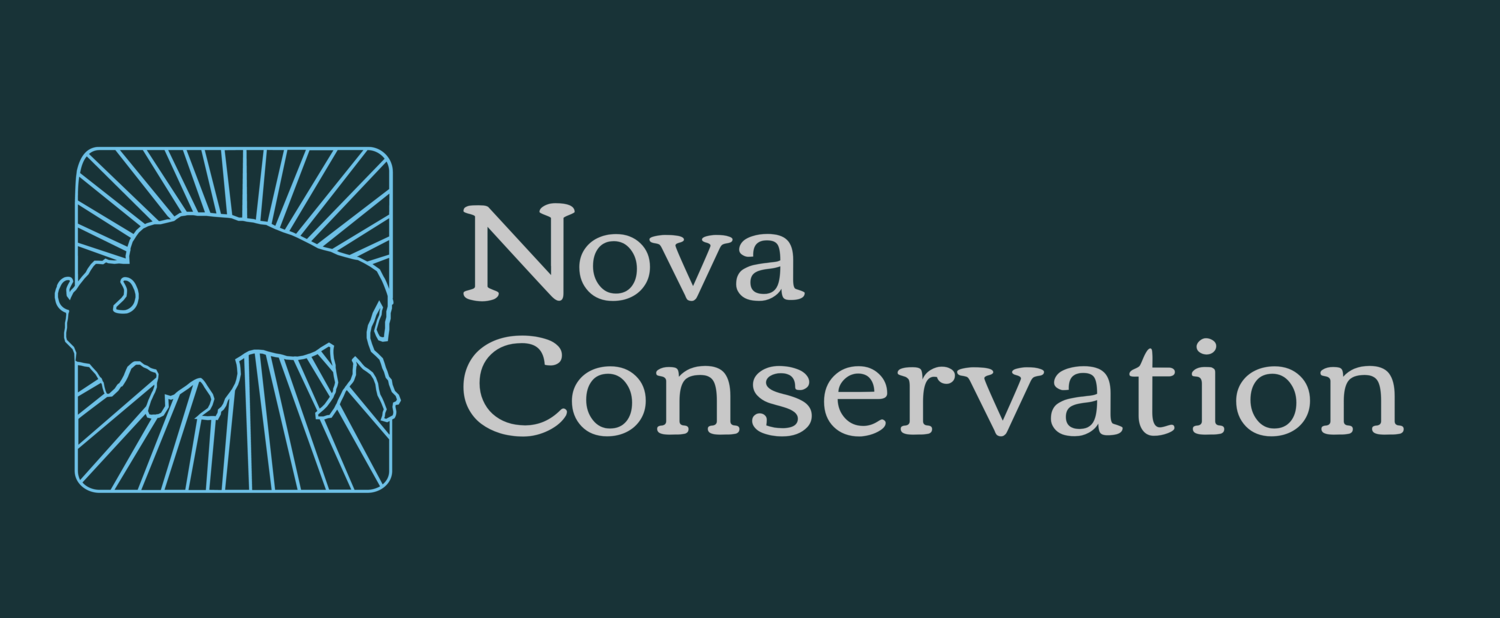The Daylight Saving Time Debate Rages On: Can We Save Koalas By Changing Our Clocks?
I am a huge fan of spring: the arrival of purple martins and tree swallows, the trillium and daffodils in bloom, and the sweet singing robins are all a sure sign that spring is right around the corner.
However, this past weekend was the dreaded time change where we lost an hour of sleep. Yet it also means longer days for playing, exploring, and adventuring! Even with an infant and a pre-schooler at home, I’ll gladly sacrifice losing an hour of sleep Saturday night in exchange for brighter afternoons and evenings.
Enjoying longer, sunnier evenings in the spring with my family
But why do we have to switch our clocks in the first place? Most of the US (except Arizona and Hawaii) have adopted Daylight Saving Time (DST) to make better use of sunlight hours in the summer evenings, and for the supposed energy savings. Yet only 40% of the world utilize DST at all, most in the Northern Hemisphere.
Yet the more I read about it, I am a proponent of a permanent shift to DST: that is, no “fall back.” This means it would be darker in the morning hours but stay lighter once most people get off work.
This seems to be best for human health, energy savings, and even save koalas! Who doesn’t want to save koalas?
Adorable, yet highly vulnerable
How? Read on, my friends:
The main benefit of permanent DST to nature and our well-being is increased daylight for post-work recreation, especially outdoors. I don’t know about you, but I find it mega difficult to get the motivation to the gym when the sun goes down at 5 pm. My mental clock thinks “Alright, it’s time for bed now!”
Longer hours of daylight will increase nature-based activities, such as hiking in public lands, in the chilly months. I’m cold-natured; it’s difficult enough to hike in 40 degrees! There is no way I’m hiking in the dark on top of that!
But did you know that wildlife may actually benefit from this permanent time-change? A study in Australia showed that fewer koalas would be killed if DST were to be implemented there. Along busy roads, wildlife collisions can be reduced simply by driving home in increased sunlight and visibility. Since koalas are most active at dusk, the study found a 8-11% drop in roadside strikes.
Only 10% of their time is spent the ground, but koala deaths by car still occur
In other words: more evening sunlight = fewer koala deaths. That sounds like a win-win, especially since koalas are extremely vulnerable (but thankfully not yet functionally extinct) after the tragic wildfires just a few months ago.
However, the debate of DST is not easily remedied. While initially implemented to save on energy costs— which is a win for conservation efforts — other studies show it does not save energy, and may indeed do more harm to our health than good.
What do you think? Should we keep the “spring forward, fall back” model we currently have? Should we abolish DST completely? Or move to make Daylight Saving permanent? The jury is still out, but it’s great to see studies in wildlife conservation are taking these human impacts into account. More research has to be done, especially since the authors concluded that DST could even be harmful in some regions and latitudes depending on animal movement and traffic flow. I know it would be a huge adjustment, but I’m all about permanently saving our daylight. It seems like a win all around: for our health, wildlife, and the environment. However, non-urgent issues like this tend to get ignored by Congress until enough people make a stink out of it. Until that happens, I think we are stuck with the status quo.
What are your thoughts on this? Please share below!
Additionally, if you’ve ever been interested in #researchtourism, i.e. tagging and tracking koalas for studies like this, please fill out this form letting us know what trips you’d like to see offered from Nova Conservation.




